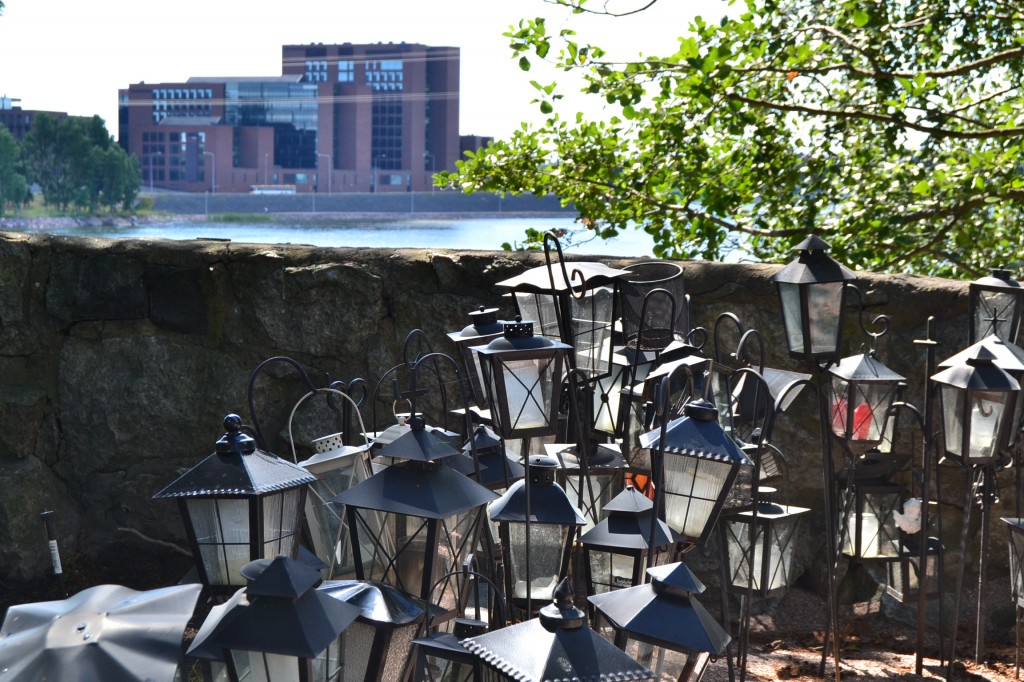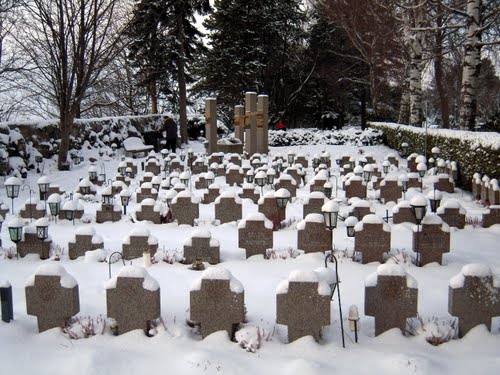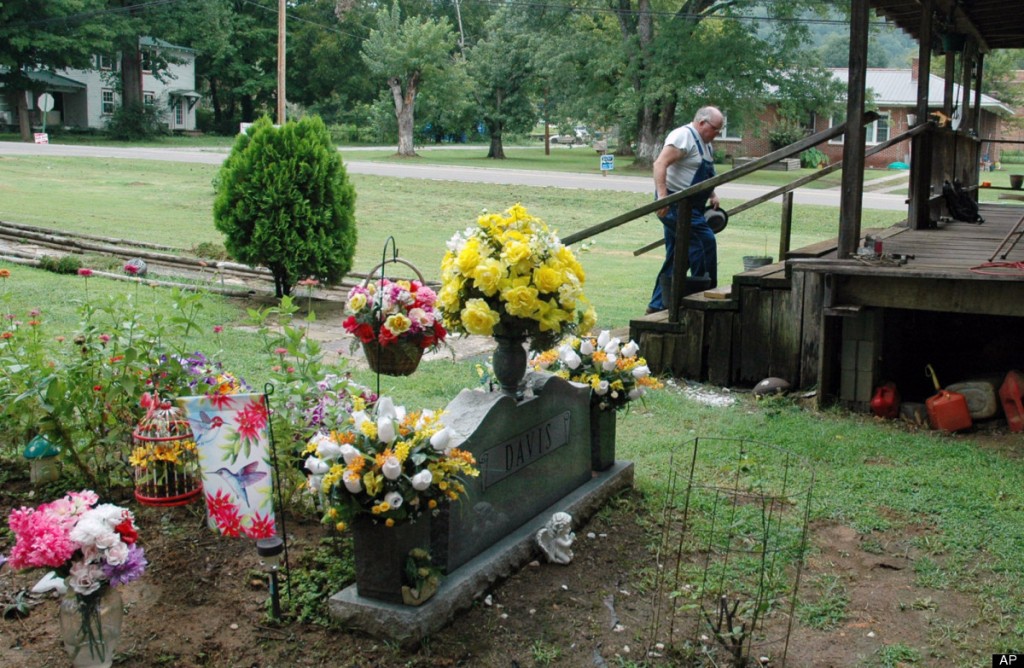What is it people want most at the end of their lives? Is it peace? Or more time? I just watched Disney’s Tuck Everlasting (2002), based on the children’s fantasy novel published in 1975 by Natalie Babbitt. The story focuses on Winifred Foster, a fifteen-year-old girl from a wealthy family and strict household. Winnie runs into the woods out of her life of frustration and boredom to discover the Tuck family, who drank from a magic spring and became immortal. Apart from exploring themes of immortality, life, and death, Tuck Everlasting presents dualism of fear. Simultaneously, the movie ceaselessly challenges and redefines the definition of a lived life. Finally we see how ritual is as natural as the life cycle itself.
Tuck Everlasting (2002) presents a dualism of fear: fear of death or fear of an unlived life. Commonly people might say that they are scared because they don’t know what is behind the black veil or of leaving the earth unaccomplished. Nevertheless, the film poses a scarier thought: the unlived life. At the words of Winnie, the film suggests that living fully involves doing everything you can and what you want at a slow pace.
Even so, the main point to take home is that living also involves dying; dying oneself and experiencing death of a loved one. For example, Miles Tuck lives in regret and bitterness, wishing he could have died with his family. His immortality obstructs his death, and he becomes a “rock stuck at the side of the stream”. It’s as if his life is one long sentence without a period, forever expanding but never finding closure. Death is natural and it must occur in order to have lived.
To further illustrate is the scene of Winnie’s grandmother’s funeral. Winnie watches her grandmother be buried and she sees her mother crying. Her realization is two-fold: Dying is natural and unlike Miles, she and her mother will eventually pass too. This must have been the realization that kept her from drinking the immortal water.
Although this is not emphasized, we see the importance of ritual in the funeral scene and in the scene where Mrs. Foster mourns. Not only is ritual a way for mourners to remove themselves from social order and expectations, but their removal from society is as natural as life. Humans are designed to feel emotion and express it, and death rituals serve this process. Thus, ritual becomes a symbol of cyclical life itself.
Although, Tuck Everlasting (2002) may be underlined by cheesy romanticism, cliché aphorisms, or hokey mottos, it is an honest film. Ultimately it reminds us that we don’t have to live forever, we just have to live. So get out there and seize the diem.
Julio Medina




